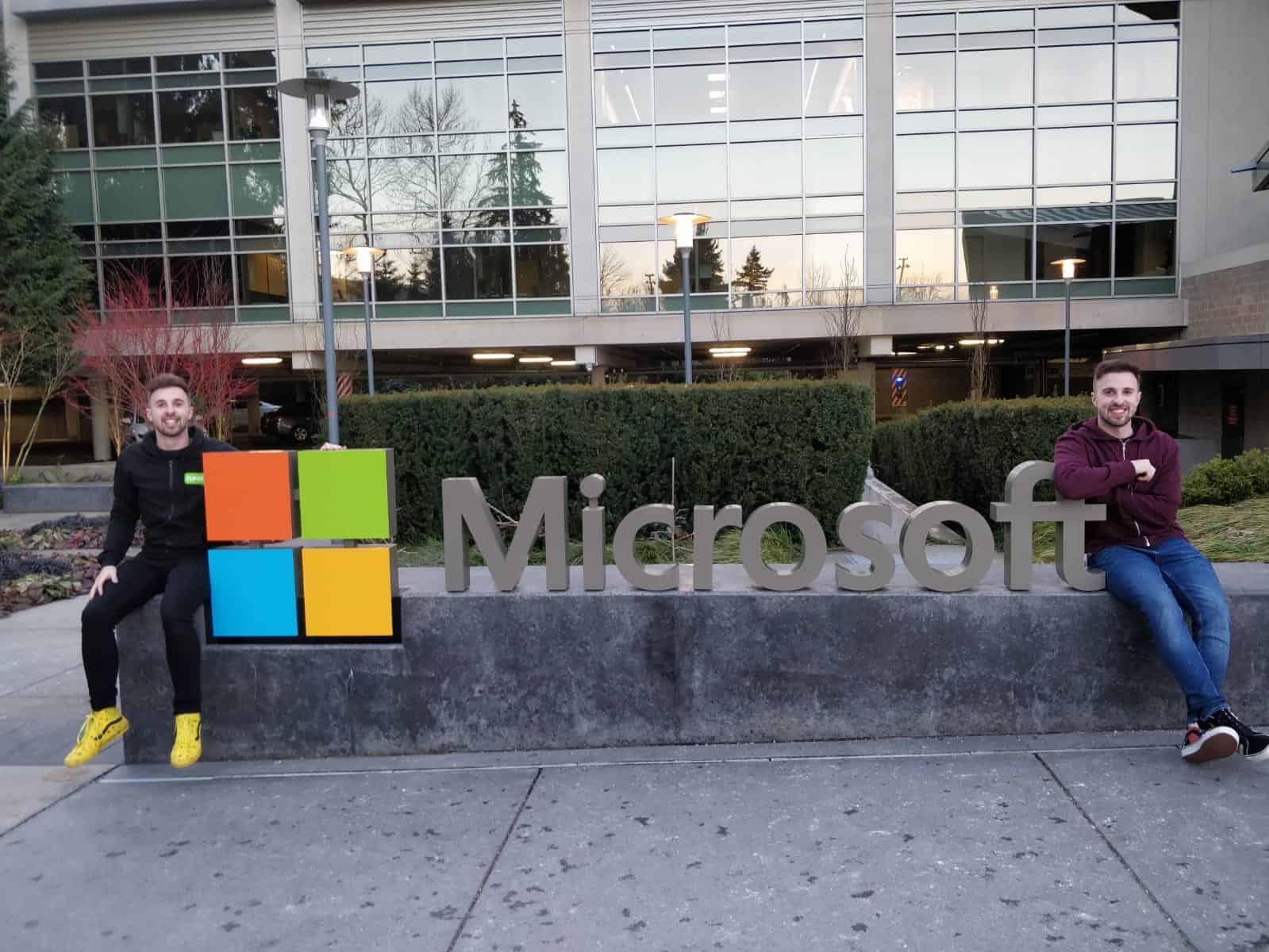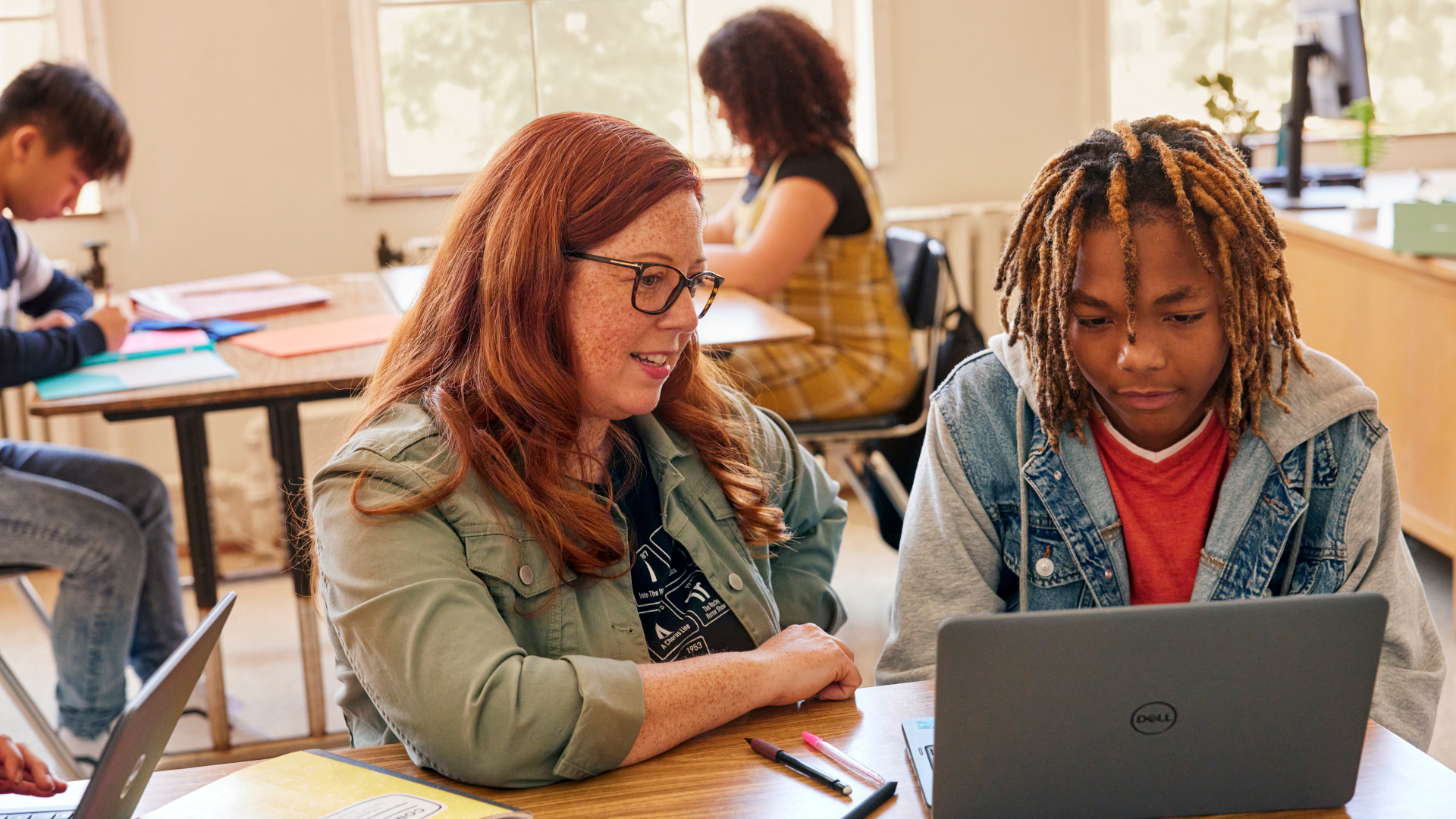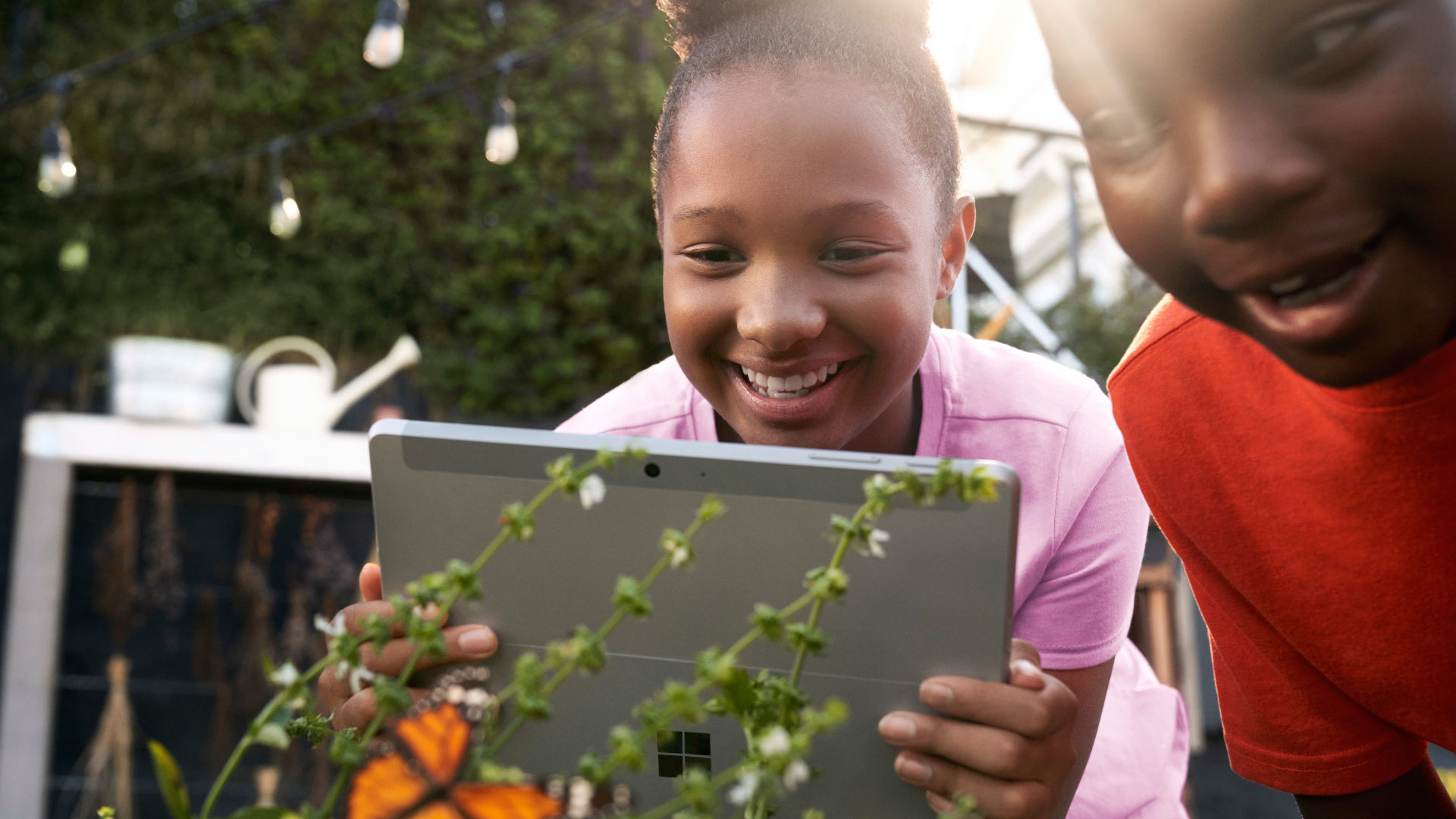From time to time, we feature guest blogs from educators who are making a difference in the lives of young people and who are eager to share their success with the Microsoft Education community. These Changemakers, as we call them, offer insights into the effective use of classroom resources, how to prepare today’s youth for the jobs of tomorrow, and ways that technology can personalize instruction and empower students to lead in their learning. Today’s Changemaker blog was written by Alberto Herraez and Mario Herraez, brothers from Salamanca, Spain. Mario and Alberto came to Utah several years ago on the Amity scholarship to teach.
Currently, they teach at Canyon Creek Elementary School in Farmington, Utah. Mario teaches sixth grade and Alberto teaches fifth. Their students are part of the school’s Spanish/English Immersion program. Both teachers are experts at using technology in the classroom, and they enjoy sharing their passion with their students. Get inspired and follow them on Twitter (@aalbertoherraez and @mmarioherraez).
Self-management in the 21st Century
When we looked closely at the daily routine of our students, we noticed their life is pretty much guided by someone else 24/7. Too often, they are directed by teachers, parents, coaches and even friends. They are so used to following directions and being told what to do that they struggle making decisions and practicing self-management.
The Class of 2030 report from Microsoft Education shows that self-management, the ability to set and work toward one’s personal and academic goals, manage stress, and stay motivated, is a top priority for students globally. Students want and need to be independent and make their own decisions. We wanted to provide our students with a program that helps them develop self-management.
Designing a program for an elementary setting
We were fortunate enough to visit the Colegio San Gregorio in Aguilar de Campoo during our summer vacations in Spain. There, we learned how two teachers, Julian Sanz Mamolar and Javier Ramos Sancha, spark self-management in their classes. This was the inspiration we needed to put together the program we recently started. It calls for a blended-learning environment in our 5th- and 6th-grade classes based on personalized playlists for our students.
Every week, we create individual planners in OneNote for all our students, which they complete during what we call “self-management” time. This planner (see picture below) is personalized with activities to meet each student’s needs. For example, we might include multiplication facts for students that struggle in math, more reading for those with low fluency or advanced science for students who need to be challenged. But students decide for themselves what day they want to do each activity based on a personalized playlist list and how much time they will need.

At the beginning of every week, students have their planner distributed in their OneNote Class Notebook. On Monday mornings, they need to customize their planner and fill it out with the activities from their personalized playlist (there are several activities for the same topic). All these activities can be found at the Assignment tab of Microsoft Teams.
We use the assignments feature of Microsoft Teams to distribute the assignment pages from our OneNote content library to our students’ OneNote Class Notebook. Learn how to do it in this video from the “You Can in :90” series.
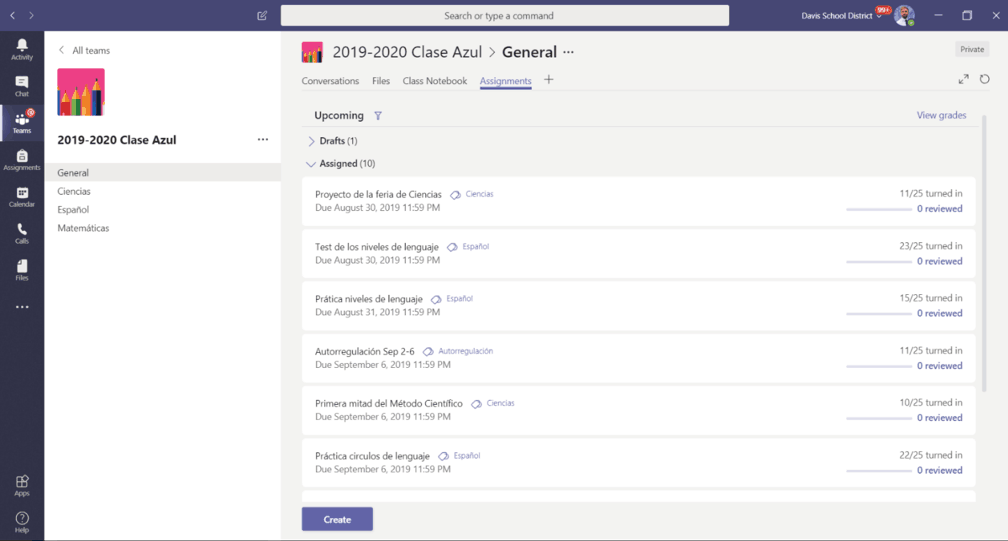
Microsoft Tools to create a blended-learning environment
We use different Microsoft tools to help provide students with a blended learning model since all these apps generate activities that can be done individually and at their own pace, again helping to develop independence in students. Some examples of these activities are below.
- Flipgrid is a great tool for a blended learning environment since teachers can attach a document or a link to the instructions of the topic. We like to attach a Sway link to a Flipgrid topic where students can find videos, instructions and even a Microsoft Form (branching feature for formative assessments) embedded to the Sway that will help them do the Flipgrid task correctly.
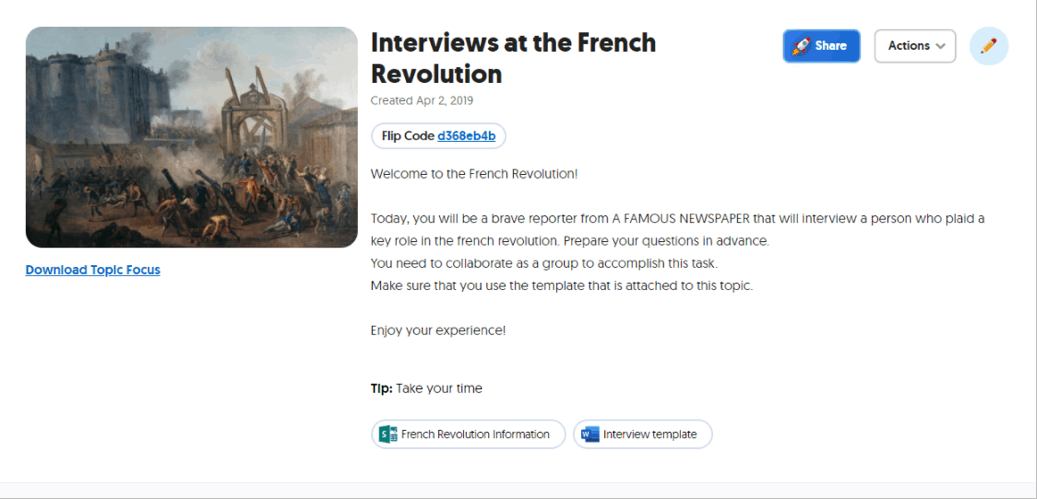
We love to create interactive Microsoft Stream videos by including different Microsoft Forms in a video. With this feature, we make sure that our students are paying attention to the video because they need to answer the questions that are found in the Microsoft Forms embedded in the video. It is a great tool to check for understanding and to have them working individually.
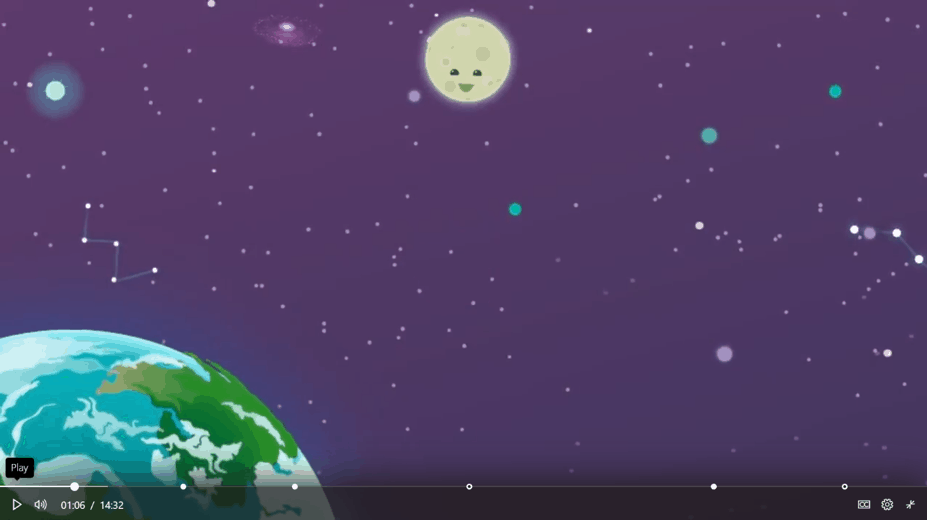
We also use the Branching feature of Microsoft Forms to create personalized formative assessments. Branching means students get questions that are only relevant to them. So, students who get questions wrong might be directed to instructions or further exercises. With these assessments, our students get to learn while they are taking a test, and branching allows us to guide their learning without having to be with them.
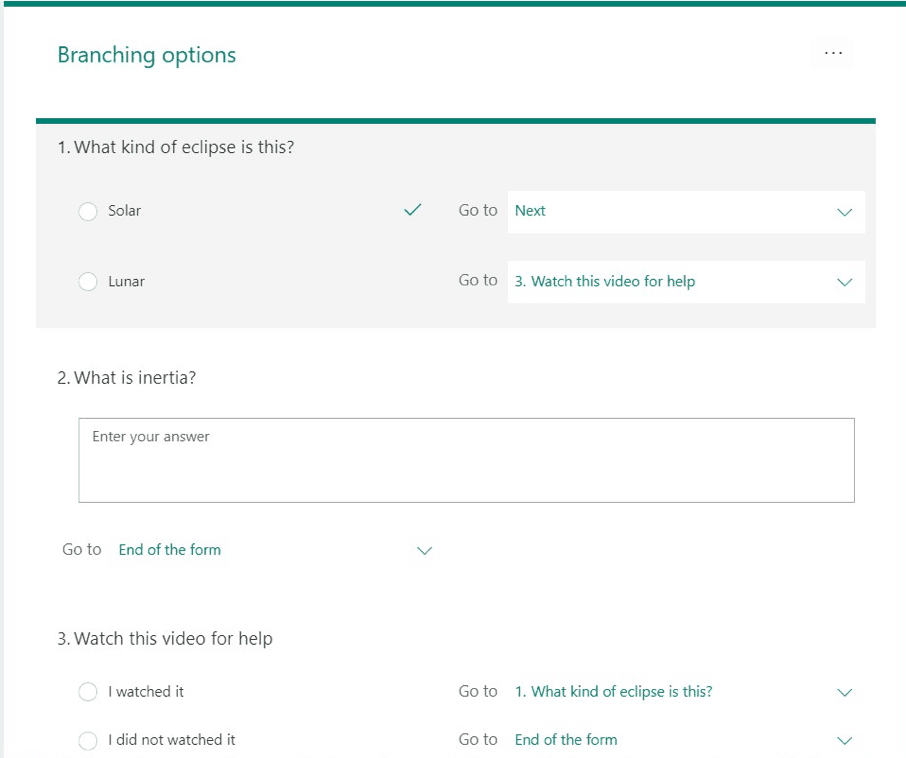
We use PowerPoint Recorder to record our lessons for students. We like to include these videos in their weekly playlists, so students can review them if they need it.
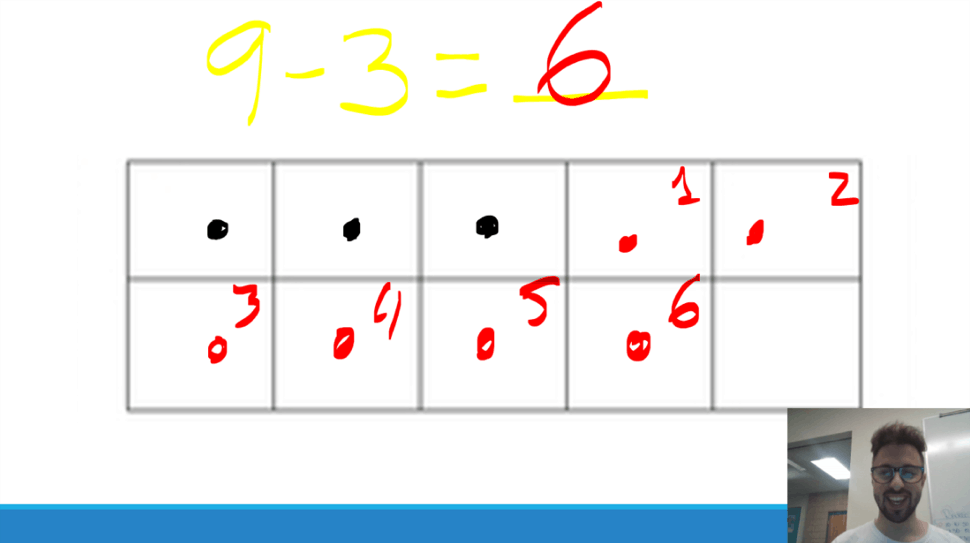
We use the Sway digital storytelling app to write instructions that our students need to follow during self-management time. It can be embedded almost everywhere.
We also like to include Microsoft Forms questions in our Sways. In that way, we can check that our students are on track and understanding and reading the instructions we are providing.

We love to create Minecraft Worlds in which our students are immersed in an adventure where they need to follow the instructions of the different NPCs (non-playable character) placed around the world to complete the scenario.
And we like to ask our students to create their own worlds related to a topic that we’re learning in class to be used by their classmates as a formative assessment (Learning by teaching approach by Jean-Pol Martin).
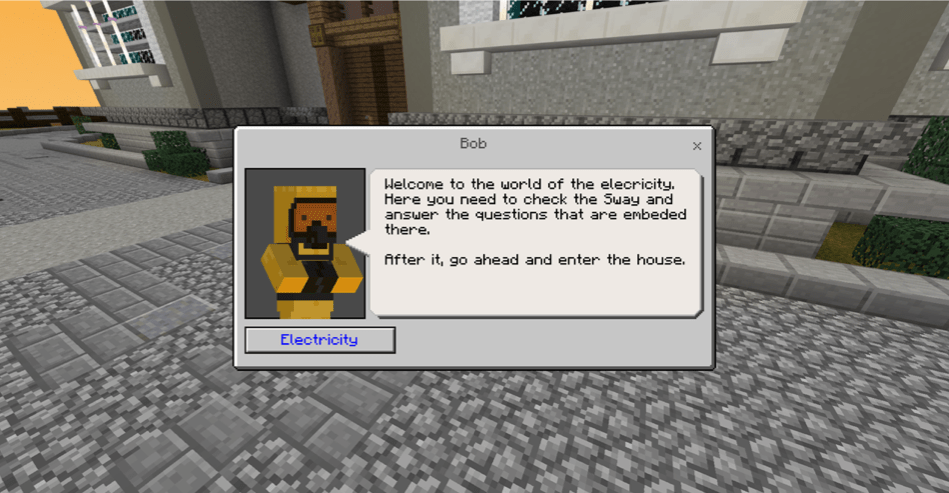
Weekly goals and tutoring meetings
Within the OneNote page we distribute, students have a section to set up weekly goals. These are split into six categories, one per class and two Social Emotional Learning (SEL) categories: behavior and kindness.
Every Monday, students are asked to review the goals from the previous week, reflect on their performance and write what they could improve for next time or why they think they met the goal.
Also, students are required to find time in their schedule to meet with their teacher bi-weekly to go over their planner, goals and their self-management decisions.

The benefit of this approach
An average of 23.1 students fill the typical American elementary-school classroom, and each has different needs and learning styles. One of the biggest challenges we face as teachers is meeting these needs and providing a good learning environment for every student. In our classes, students work at their own pace on their personalized playlist designed to fit their needs.
Also, during this self-management time in which students work independently, we work individually with students that need specific accommodations or interventions.
In less than two months, we have already seen a significant improvement in our students’ self-management skills and performance. And we feel our students are happier in our classes because they are learning in a way they like, deciding what resources they want to use and managing their schedule.
We can proudly say that we have completed the transition from a teacher-centered approach to a student-centered approach in which our students are the ones in charge of their learning journey. We’re confident this is serving them well, both in and outside of school.
